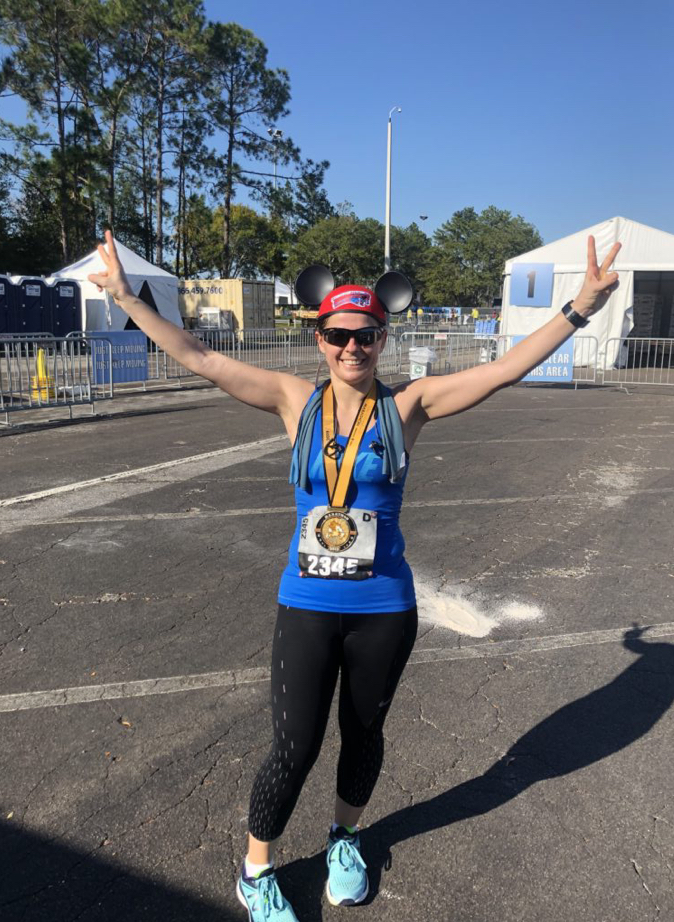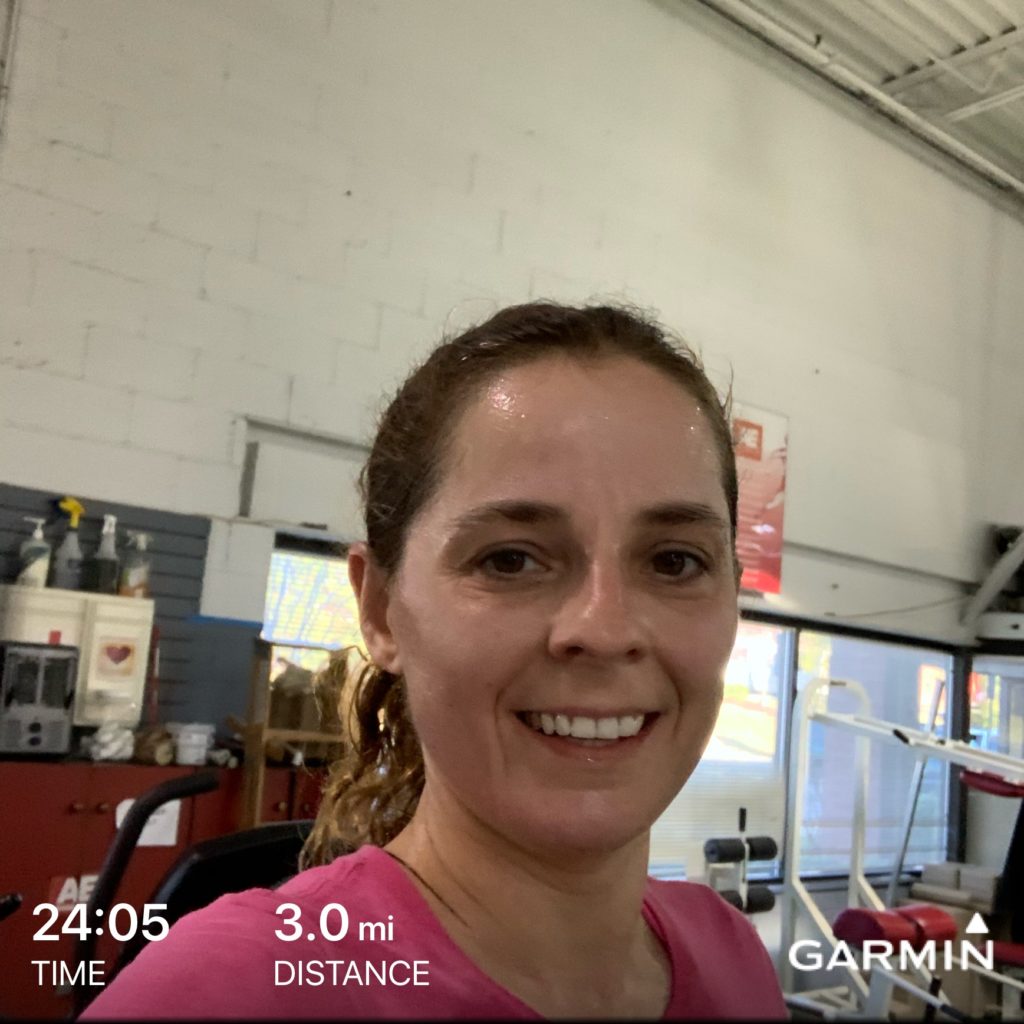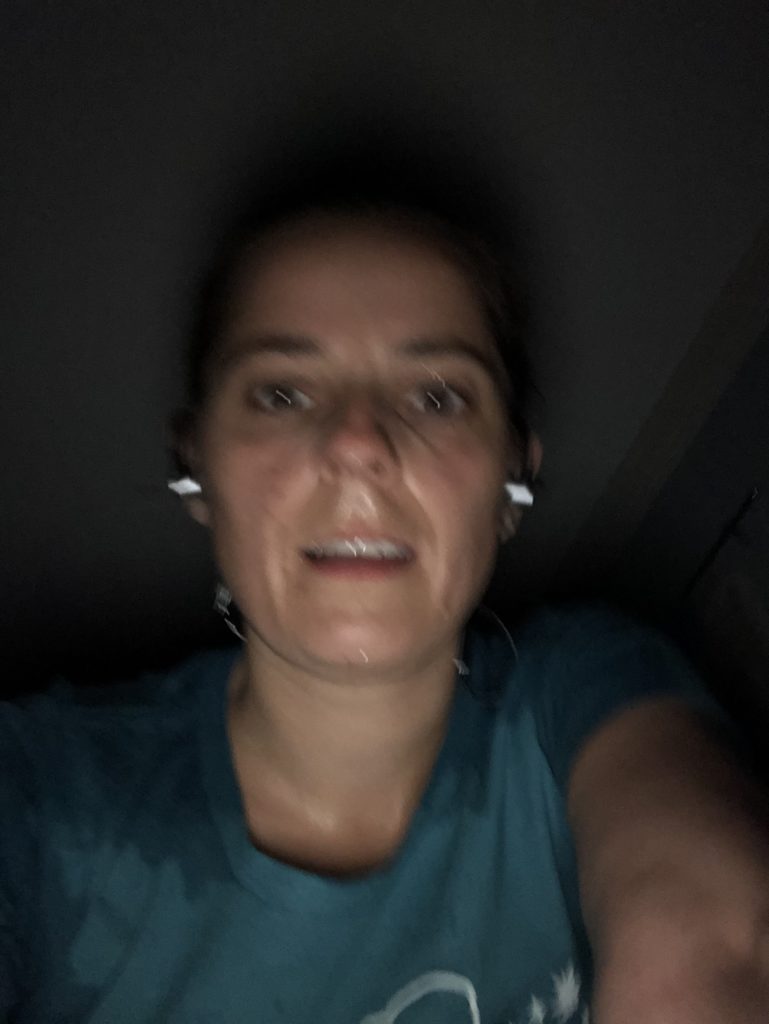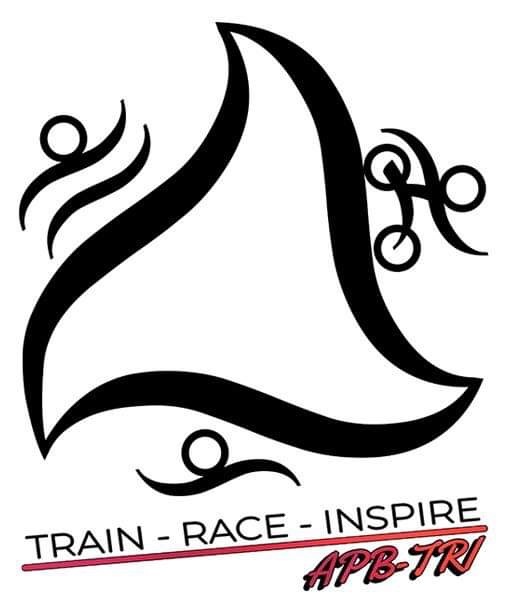
Not all running training is the same. You are unlikely to keep yourself at high mileage year-round. And have you looked at training plans? They tend to say you should have basic level of training. Today, we will talk about phases in your running training.
Let’s back up a bit: why different phases? The need for last one is self-explanatory 😜. But seriously: you need variety of training. If you do the exact same thing week after week, boredom may set in. That just leads to giving up! It also increases your fatigue and risk of injury. Lastly, you increase your chance of hitting a plateau. Honestly, none of these sound like a good plan.
Base

Here is the funny thing: I swear there are two different ‘base training’ stages when it comes to marathon training! When you look at marathon training plans, they say you should be able to run certain number of miles comfortably first. But when you start the actual training plan, you have a base training period again! I guess it’s a bit different though. The first one is about giving yourself something to work with, the second one is more of an actual training.
This phase is most dependent on what you are starting with and can take anywhere between 4 weeks and 6 months. Well, it also depends on what you’re going for… If you are training up for a 10-miler, it will be significantly shorter than building up to a marathon.
What kind of training to do in this phase? Mostly relatively light running, but with steady increases of mileage. There will be little (if any) speed work. Your weight training will also focus on your general fitness. Based on my personal experience and advice from my coach: make sure to build up strong core. It helps your posture while you run and will help prevent back problems (ok, so that’s more of a cycling problem, but not looking like a 100 year old grandma when you try to get off the couch seems like a good idea).
Preparation

You think your base is good now and you’re ready for race prep? Welcome to phase two! Time to work on getting stronger and faster. Sort of in that order. Now you will be working on those intervals and tempo runs. (Have I mentioned I love tempo runs, but hate intervals?)
You’ll be spending 4-8 weeks in here. Personally, I think this is where it’s easiest to get hurt. You’re also getting closer to race day, so be careful, so you don’t take yourself our just before the race!
Your strength training during prep phase becomes more running-specific. Choose exercises that strengthen your legs and directly correlate to your running (lunges anyone?). You should work on your functional movement.
Peak

This is also known as the speed phase. You can maintain it only for a few weeks, as it will take a toll on you. Peak phase is all about pushing your limits and preparing your body for running your race at best speed you can.
Taper

Slow down and smell the roses! The hard work is done! For somewhere between 1 and 3 weeks (depending on race distance and the level you are on physically), you will do shorter, easier runs. Hopefully, it will make you eager for race day! Many people don’t think about it before, but after completing 4+ month training program, you are frequently physically and, more importantly, mentally exhausted and you just want this whole thing to be over with. Taper allows you to start missing running some. It’s also when your whole body will need to fully recover from any damage and fatigue the training caused. At some point, you will carb-load, too! You will need to focus on your body storing energy, electrolytes and water that it will burn through on race day.
Race day (technically not a phase of training)

While this is not considered a phase in training, I thought it’s important to mention it. After all, this is why you were doing the whole thing, isn’t it?
Since delay of Tokyo Olympics was just announced, I thought it would be a good moment to mention the need to peak at the right time. At some point, there was a conversation about athletes needing to peak at the right time. I guess giving them an extra year allows for new training cycles. But when they were talking about delaying that by a month or two? Look at the duration of phases above. They only had about 4 months left and I heard some rumors about postponing them to the fall. Can you imagine? I think full year gives athletes a lot better chance to regroup and for the coaches to create new training plans.
Recovery

So you’re done with your big race? Congrats! Sore? Probably. Tired of running? Possibly.
Duration of recovery will have a lot of variables. It will depend on how well you prepared for the race. How much you gave on race day. Weather on race day (believe me – if it sucks, it will take a lot more out of you). Your body’s general recovery ability. Answers I’ve seen online range from 2 to 6 weeks. But in all honesty, it will have to be your individual decision.
During recovery phase, you run shorter distances at slower speeds. Main point of it is not to lose too much of your fitness. You worked so hard for it after all! Make sure that you pay attention to the lower ends of it. I once made a dumb decision to sign up for Walt Disney World Marathon in early January after Philadelphia Marathon in late November. I will be nice about it and say it wasn’t one of my best ideas. Yeah, I’m being too kind: it was a really, really, really dumb idea. I did amazing in the first race and pretty well in the second one, but I had a really hard time recovering from Disney Marathon. Learn from my mistake – give yourself more time to fully recover.
Visit our shop for cool triathlete merchandise!
Subscribe to receive updates and exclusive content!
